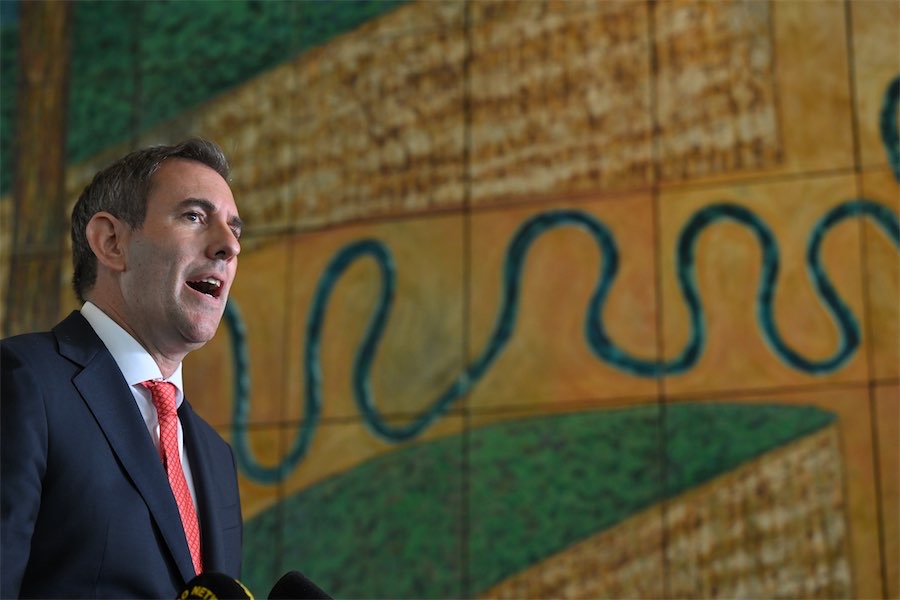
FLYING to work, school or a social event may seem like something from a science fiction film, but “urban air mobility” is a vivid reality, and aviation researcher Dr Graham Wild says is closer than we think.
With traffic in major cities increasing, major transport companies such as Uber, Hyundai, Toyota, Boeing and Airbus are investing in unmanned, drone-like aircraft able to fly people to and from destinations.
The technology has taken on a few names: “air taxis”, “personal air vehicles”, even “flying cars”, which all may seem like an episode of “The Jetsons”, but according to Dr Wild, an aviation and aerospace expert at Canberra’s UNSW campus, it’s actually not too far off at all.
“In the last few years urban air mobility has been a very common topic of discussion at both national and international aviation conferences,” he says.
“From what I’ve heard at these conferences, we could start to see these types of aircraft in major cities within the next five years.”
“Uber Elevate” is one example, a company acquired by Joby Aviation late last year who’ve publicly announced their “urban aviation ride-sharing product” is set to launch in 2024, and whose CEO says their goal is to “save a billion people an hour a day.”
The plan is for the service not just to be a wealthy luxury either, with the websites of investing companies claiming prices for air rides will one day be as low as what ride-sharing apps such as Uber cost now.
However, Dr Wild says there are all kinds of issues that must be addressed before the technology can become a reality.
“First and foremost is safety,” he says.
“The introduction of urban air mobility in our cities will dramatically increase the number of flying vehicles. If these aircraft are to help replace cars and traffic it’s easy to imagine how crashes could be far less forgiving for people inside the craft, and for those around the crash site.”

Dr Wild is one of the researchers studying “structural health monitoring (SHM) systems, a potential breakthrough technology that could improve the safety of flying worldwide.
Inspired by the human central nervous system, the technology is designed to alert engineers to structural defects before they become dangerous, with aircraft that can “feel through sensory perception”.
“Our research is exploring how acoustic technology, interpreted by machine learning, can ‘listen’ for minor changes in the sound signatures components created in aircraft,” says Dr Wild.
“This technology would allow early detection of structural-fatigue issues, alerting engineers that an aircraft is in need of a health check.”
In February, a catastrophic engine failure grounding a Boeing 777 in Denver made news around the world after footage posted online showed the engine burning up and breaking apart.
Luckily nobody was hurt, but Dr Wild says the incident represents one of the most common causes of aircraft part failure that SHM systems could address.
“Aircraft engines are the number one location of fatigue failure, with significant temperature and rotational or wear forces impacting parts,” he says.
“With most individual components only inspected by sight every 100 hours of flying time, it can be very difficult to understand when underlying fatigue issues are happening.
“SHM systems could significantly reduce the number of aircraft fatigue accidents such as this one.”
Dr Wild believes the technology could see wide-scale implementation in aviation within the decade, and as such, it could have a vital link with urban air mobility.
“With urban air mobility comes a large number of flying hours and proximity to populations,” he says
“This demands the best in safety, which in part will rely on these vehicles having structural-health monitoring systems.”
When considered in tow with concerns surrounding noise, privacy and cost, it’s easy to imagine a few regulatory roadblocks (or perhaps airblocks is more apt) before urban air mobility really takes off, but the technology charges ahead regardless, and the research Dr Wild is working on in Canberra is paving the way for this world of tomorrow.
“The goal of our research is to develop a system where the aircraft is proactively monitoring its own health,” he says.
“It could tell us when it’s not ‘feeling well’, removing the need for human inspection and increasing aviation safety.”
Who can be trusted?
In a world of spin and confusion, there’s never been a more important time to support independent journalism in Canberra.
If you trust our work online and want to enforce the power of independent voices, I invite you to make a small contribution.
Every dollar of support is invested back into our journalism to help keep citynews.com.au strong and free.
Thank you,
Ian Meikle, editor




Leave a Reply